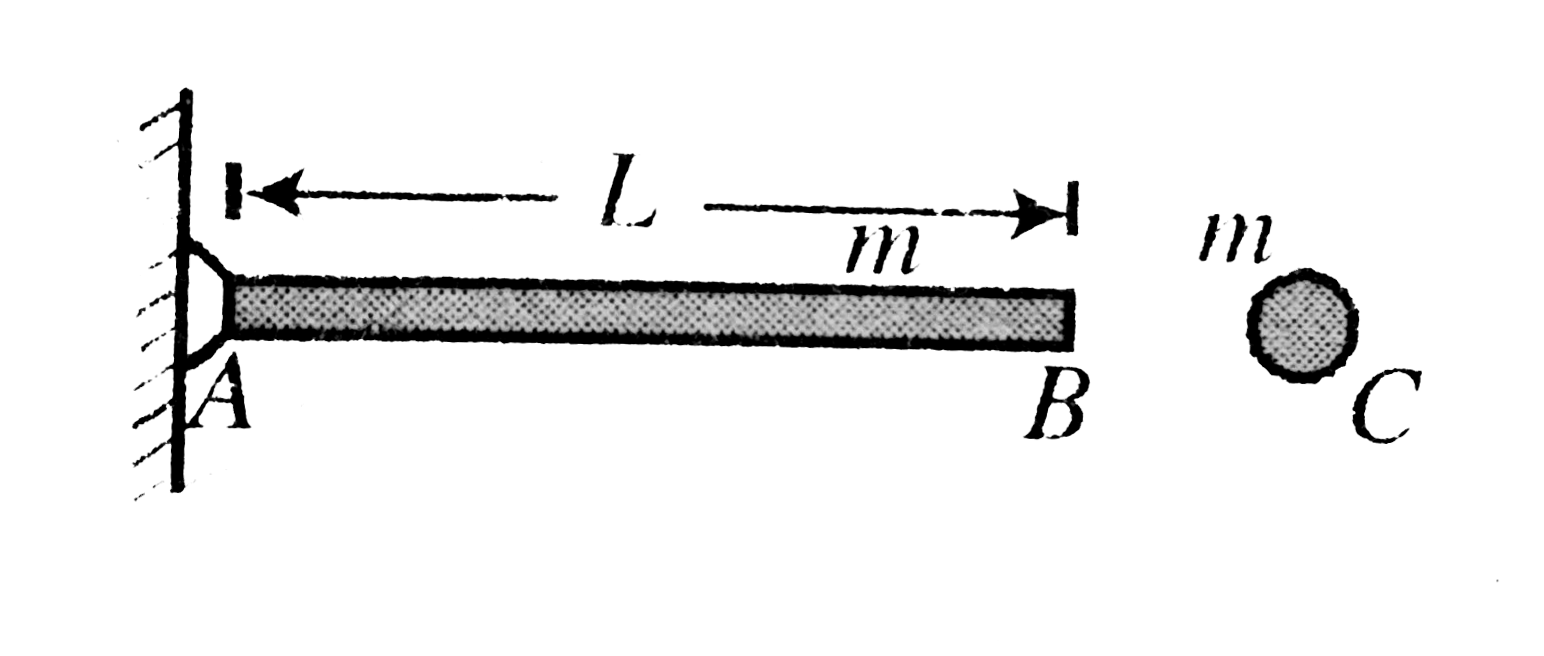Two balls A and B of same size are dropped from the same point under gravity. The mass of A is greater than that of B.If the air resistance acting on each ball is same, then
Heavy ball
Light ball
Both simultaneously
Will depends upon the density of the balls
The correct Answer is:C
Step by step video, text & image solution for Two balls A and B of same size are dropped from the same point under gravity. The mass of A is greater than that of B.If the air resistance acting on each ball is same, then by Physics experts to help you in doubts & scoring excellent marks in Class 11 exams.
Updated on:21/07/2023Topper's Solved these Questions
- MOTION IN ONE DIMENSIONBOOK - ERRORLESS CHAPTER - MOTION IN ONE DIMENSIONEXERCISE - Critical Thinking
19 Videos
- MOTION IN ONE DIMENSIONBOOK - ERRORLESS CHAPTER - MOTION IN ONE DIMENSIONEXERCISE - Graphical Questions
23 Videos
- MOTION IN ONE DIMENSIONBOOK - ERRORLESS CHAPTER - MOTION IN ONE DIMENSIONEXERCISE - Relative Motion
13 Videos
- GRAVITATIONBOOK - ERRORLESS CHAPTER - GRAVITATIONEXERCISE - SET
27 Videos
- MOTION IN TWO DIMENSIONBOOK - ERRORLESS CHAPTER - MOTION IN TWO DIMENSIONEXERCISE - Exercise
319 Videos
Similar Questions
Two different masses are dropped from same height for downward journey under gravity. The larger mass reaches the ground in timet. The smaller mass takes time
View SolutionTwo different masses are dropped from same height for downward journey under gravity. The larger mass reaches the ground in timet. The smaller mass takes time
View Solution
Knowledge Check
Two balls a A and B of same size are dropped from the same point under gravity. The mass of A is greater than that of B.If the air resistance acting on each ball is same, then
Aboth the balls reach the ground simultaneouslyBthe ball A reaches earlierCthe ball B reaches earlierDnothing can be saidTwo objects A and B are thrown upward simultaneously with the same speed. The mass of A is greater than the mass of B. Suppose their exerts a constant and equal force of resistance on the two bodies.
AThe two bodies will reach the same heightBA will go higher than BCB will go higher than ADAny of the above three may happen depending on the speed with which the objects are thrownTwo balls of equal size are dropped from the same height from the roof of a building . One ball has twice the mass of the other. When the balls the ground, how do the kinetic energies of the two balls compare ?
AThe lighter one has one fourt has much kinetic energy as the other does.BThe lighter one has one half as much kinetic energy as the other does.CThe lighter one has the same kinetic energy as the other does.DThe lighter one has twice as much kinetic energy as the other does.
Two balls of same mass are dropped from the same height h, on to the floor. The first ball bounces to a height h/4, after the collision & the second ball to a height h/6. The impulse applied by the first & second ball on the floor are I1 and I2 respectively. Then :-
View SolutionTwo balls of same mass are dropped from the same height h, on to the floor. The first ball bounces to a height h/4, after the collision & the second ball to a height h/16. The impulse applied by the first & second ball on the floor are I1 and I2 respectively. Then
View SolutionTwo balls of same mass are dropped from the same height onto the floor. The first ball bounces upwards from the floor elastically. The second ball stricks to the floor. The first applies an impulse to the floor of I1 and the second applies an imupulse I2. The impulses obey :-
View SolutionWe have two wires A and B of same mass and same material. The diameter of wire A is half of that of B. If the resistance of the wire A is 24 Ω , then the resistance of the wire B will be
View SolutionA uniform bar AB of mass m and a ball of the same mass are released from rest from the same horizontal position. The bar is hinged at end A. There is gravity downwards. What is the distance of the point from point B that has the same acceleration as the ball, immediately after release?

View Solution